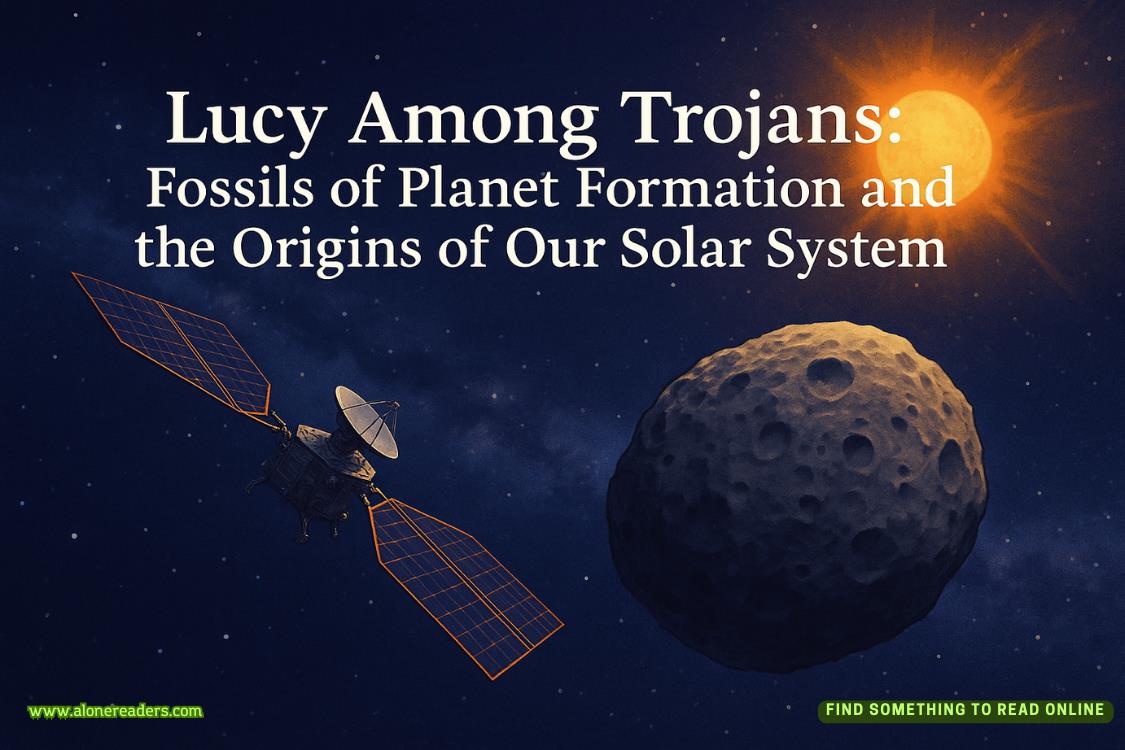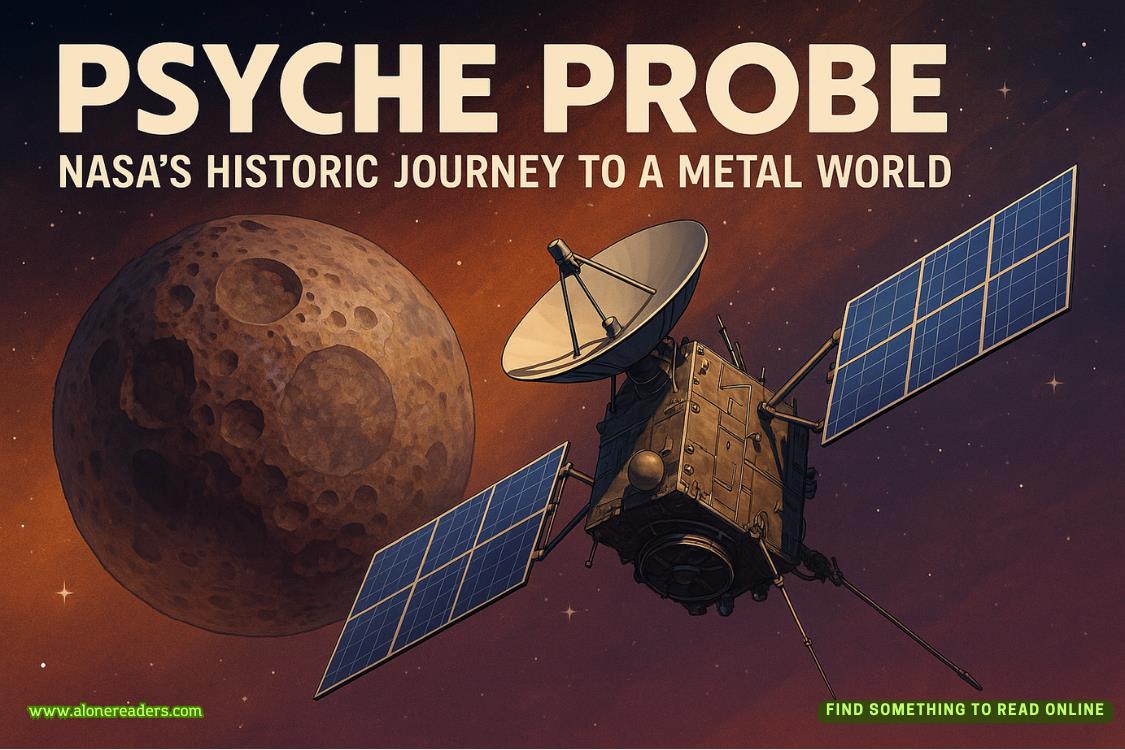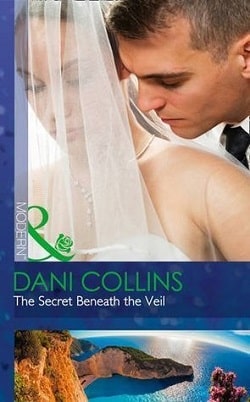“I don’t know what business that is of yours.”
“Something’s not right here. I’m reluctant to discuss it with anyone, but as a former resident, maybe you wouldn’t think what I have to say sounds so crazy.”
“I don’t think I want to know.”
“But if I were to tell you strange things have been happening to my son and me, would you be surprised?”
After a few seconds, Steph said, “No.” There was a pause, and then she said, “You went to the garden shed.”
“My son did.”
“You won’t be able to get rid of them,” Steph said. “We tried. We put it out for trash pickup one day, but the next time we went into the shed, it was still there. We took it into Fenelon and threw it into a Dumpster behind a pizza place, and that didn’t work, either. The box always returned.”
Annie felt a chill.
“What sort of... phenomena... did you experience?” Annie asked.
“Ireallydon’t want to talk about this. We’ve tried to put it behind us. But we couldn’t run our business there. It wasn’t possible.”
“Why?”
“None of the photos we took were usable.”
“Why was that?”
More silence. Then, “This is just an example, but one you can see. A couple came in with their six-month-old son, hired us to do a family portrait. We had a setup in the studio, a nice backdrop, perfect for that kind of thing. But we couldn’t get a good picture. None of the shots taken there could be used. See for yourself.”
“How?”
“In the basement. There’s a big kind of worktable there, with drawers.”
“Right.”
“There’s a couple of pictures left in one of them. I threw all the others away, but I saved those. Like proof, you know? But when wemoved, I just left them there. You might have to stare at them for a few seconds to understand what I’m talking about. Please don’t contact me again. I’ve nothing else to say about this. I’m sorry.”
“What should I be looking—”
“Goodbye.”
Steph ended the call.
Annie put down the phone, stupefied. She took barely a moment to collect her thoughts and headed for the basement.
She went to the worktable, started sliding open the drawers. Two of them were filled with old screws and clamps, one was empty, but the last one had a couple of what Annie thought of as eight-by-ten glossies. She whipped them out.
Two pictures of a black couple, late twenties, sitting close together, dressed sharply, their baby boy sitting across both their laps, looking anywhere but at the camera. The tot was dressed up in a tiny suit, a small bow tie at his neck. The parents look frustrated, no doubt because the baby was distressed, his face in a grimace. The fact that Steph had this shot printed suggested the others were even worse.
Behind them was a blue velvet draping that ran over the seats they were perched on, and on down to the floor.
“I don’t get it,” Annie said to herself.
It was far from an ideal family portrait, given how uncooperative the little boy was, but other than that, what was the problem? What was it Steph expected Annie to see? There was nothing ominous about—
Oh fuck.
Steph had been right. You had to look at the picture for a moment. It was like those so-called 3D “magic eye” posters from the nineties, where if you stared at them long enough you saw a hidden image.
It was like when her inspirational pane of glass would appear.Only the edge visible at first, but then the glass began to turn. And Annie saw something take shape in the folds of the backdrop fabric.















